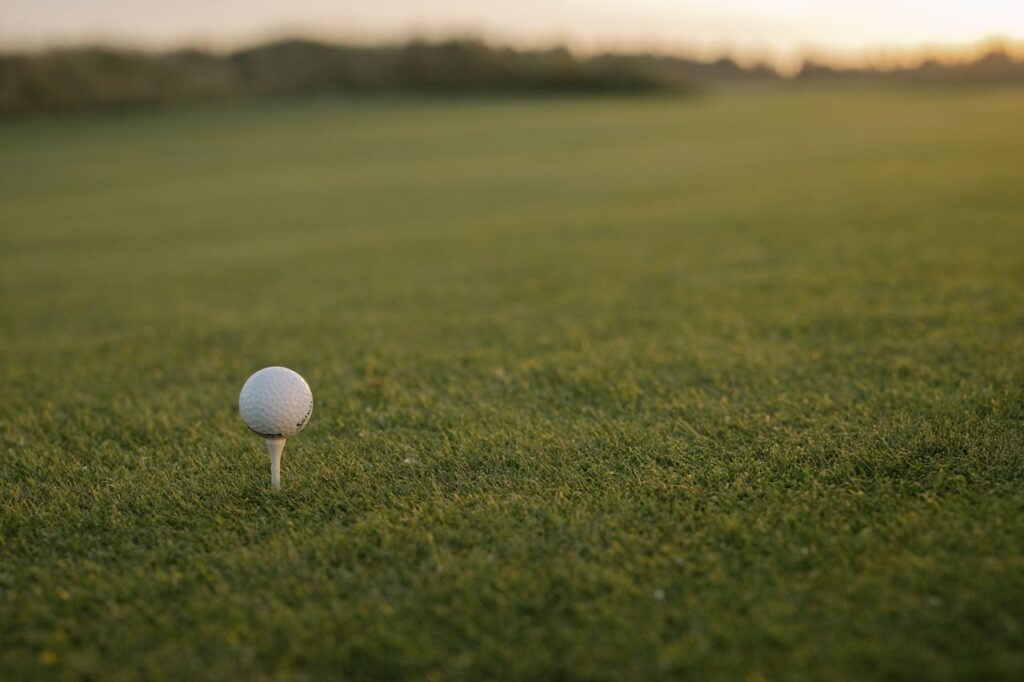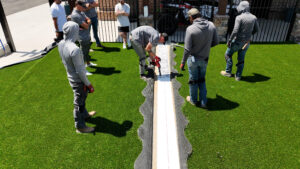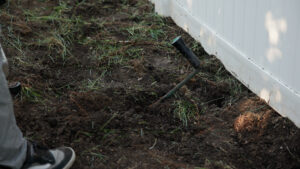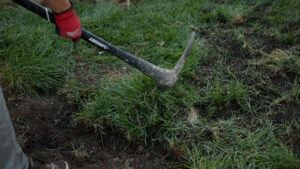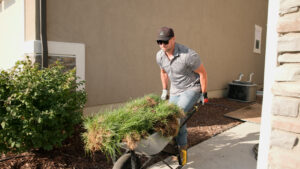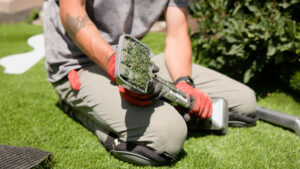As water scarcity becomes an increasingly pressing concern across Utah and Idaho, homeowners and businesses are seeking innovative solutions to reduce their environmental impact while maintaining beautiful outdoor spaces. Artificial turf and water conservation have emerged as a powerful combination, offering significant benefits for drought-conscious communities looking to create sustainable landscapes.
How Much Water Can You Save by Switching to Artificial Turf?
The numbers speak for themselves when it comes to artificial turf water savings. Traditional grass lawns require approximately 1-2 inches of water per week during growing season, which translates to roughly 1,000-2,000 gallons per week for an average-sized yard. By conserving water with synthetic grass, homeowners can eliminate nearly 100% of their lawn irrigation needs.
In Utah and Idaho, where water restrictions are common during summer months, this translates to annual savings of 30,000-50,000 gallons per household. For commercial properties with extensive green spaces, the savings can reach hundreds of thousands of gallons annually.
Why Synthetic Grass is a Smart Choice in Drought Areas
Landscaping with artificial turf to save water makes particular sense in the Mountain West region, where:
- Seasonal water restrictions limit irrigation schedules
- High altitude and intense UV exposure stress natural grass
- Temperature fluctuations create challenging growing conditions
- Municipal water costs continue to rise
Using fake grass to save water allows property owners to maintain lush, green landscapes year-round without contributing to water stress on local systems. This approach supports community-wide conservation efforts while ensuring properties remain attractive and functional.
Comparing Artificial Turf to Other Water-Saving Landscaping Options
While water conservation through xeriscaping offers several approaches, artificial turf provides unique advantages:
Traditional Xeriscaping:
- Requires careful plant selection and ongoing maintenance
- May not provide the recreational space many families desire
- Can take years to establish mature plantings
Artificial Turf Integration:
- Combines immediately with drought-resistant plants and hardscaping
- Provides usable green space for activities and relaxation
- Requires minimal ongoing maintenance
Water-efficient landscaping doesn’t have to mean sacrificing functionality. Modern synthetic grass can be seamlessly integrated into xeriscape designs, creating zones for recreation while maintaining the water-saving benefits of drought-resistant plantings.
Xeriscaping with Turf: A Balanced Approach
The most effective xeriscaping with turf strategies combine artificial grass in high-use areas with native, drought-resistant plants in decorative zones. This approach maximizes water savings while creating diverse, visually appealing landscapes that support local ecosystems.
Turf vs. Grass Water Use: The Environmental Impact
When considering turf vs. grass water use, it’s important to evaluate both immediate and long-term environmental effects:
Pros of Artificial Turf:
- Zero ongoing irrigation requirements
- No fertilizers or pesticides needed
- Eliminates lawn mower emissions
- Supports synthetic grass drought solutions
Important Considerations:
- Initial manufacturing requires energy and resources
- End-of-life disposal needs planning (sometimes recycling is an option)
- Heat retention can be higher than natural grass
- Initial investment is significant
Making the Switch: What to Expect
Property owners considering artificial turf for water conservation should work with experienced suppliers who understand local climate conditions and installation requirements. Quality materials and professional or carefully planned installation ensure maximum longevity and performance, making the water conservation investment worthwhile for decades to come.
As Utah and Idaho communities continue addressing water scarcity challenges, artificial turf represents a practical solution that balances environmental responsibility with lifestyle needs. By eliminating irrigation requirements while maintaining beautiful, functional outdoor spaces, synthetic grass plays a crucial role in regional water conservation efforts.
If you would like to learn more about the environmental advantages of artificial turf, please reach out to Elite Turf Supply–we are happy to answer your questions.

